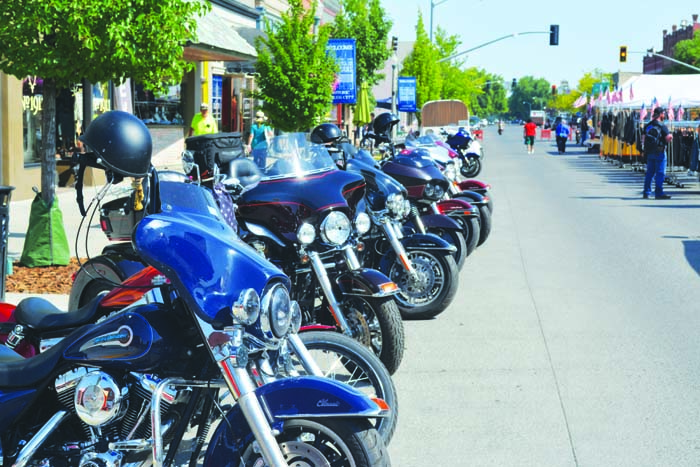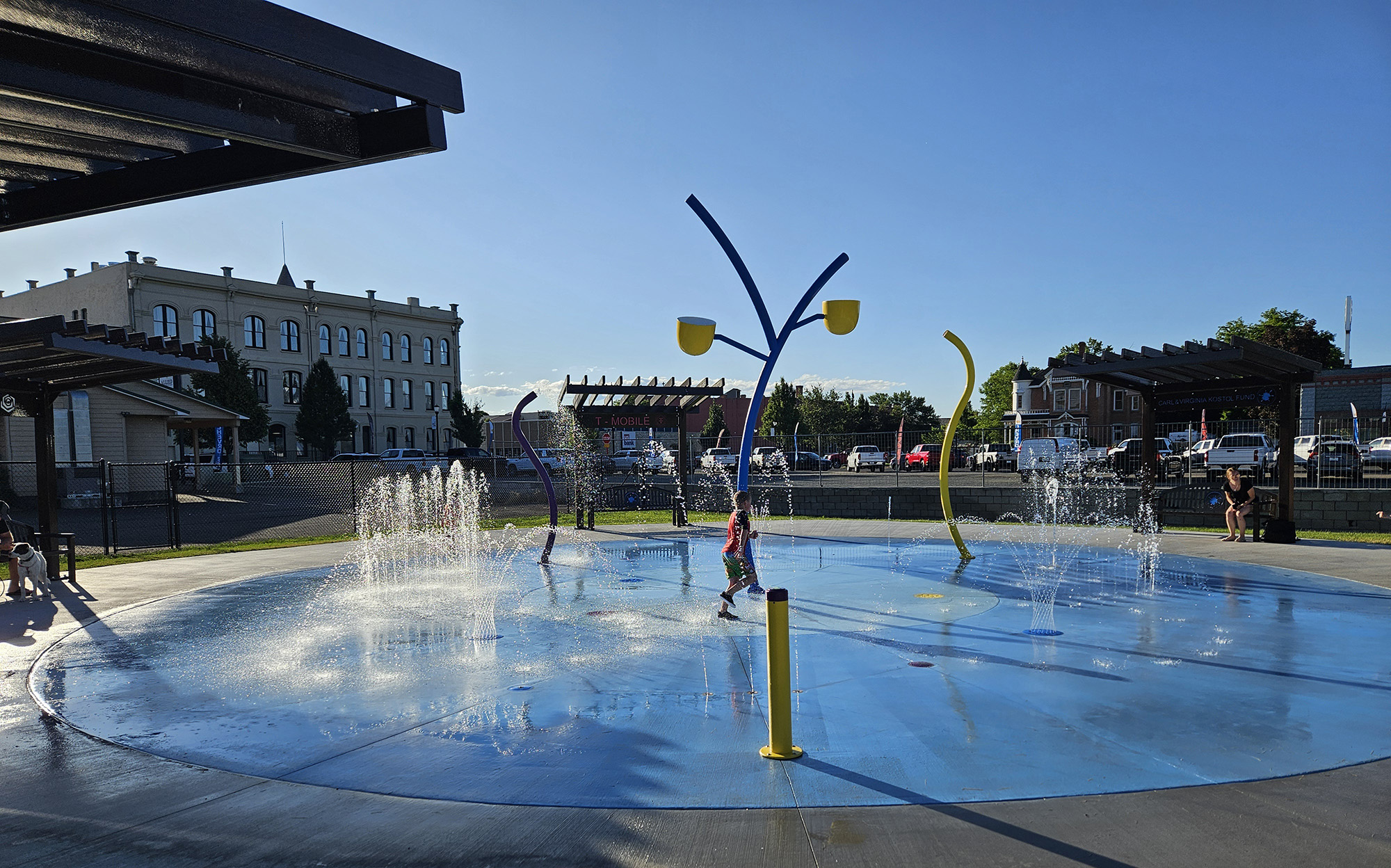COLUMN: Exhausted, and inspired, by a hike with Scouts
Published 1:00 pm Friday, September 2, 2022
I might well have been bored except for the half dozen Cub Scouts I shared the trail with.
It is, I submit, impossible to be bored in the presence of a bunch of kids who can still tally their ages by showing their own fingers.
It is, by contrast, easy to be exhausted in the presence of their apparently boundless energy.
And envious of their flexible limbs and accommodating joints, which seem oblivious to the sorts of contortions and jarring that would leave more aged anatomies writhing in pain.
Mine, for instance.
I had the privilege recently to accompany some Scouts from the Keating area on a hike to Indian Rock, the modest mound of stones just north of Highway 7 near Union Creek campground.
Leader Patti Pickard asked me to give a quick tutorial on using a map and compass to navigate. I’m not sure the Scouts were exactly entranced by my description of magnetic declination. I know I wouldn’t have been when I was 7, 8 or 9.
But they were quite interested in getting on the trail.
And, occasionally, off it when they noticed a potentially interesting rock or stump.
I’m inclined to write that the Scouts scampered up the path. That verb, at any rate, has always seemed to me ideal for describing the gait that carries us through early childhood but that we all seem to lose about the time we become teenagers.
Scamper, which is often associated with squirrels and other small animals with an abundance of fast-twitch muscle fibers, also captures the carefree wandering that distinguishes how kids get around on foot.
Children walk much as they talk, it seems to me — in short and slightly hysterical bursts of activity. They are, to shift briefly into automotive analogy, drag racers, capable of accelerating from motionless to full speed almost instantly. We adults, meanwhile, are stolid sedans, puttering along at or just below the speed limit.
I find it safer to stay out of their lane, so to speak, to avoid potential collisions.
This isn’t feasible, though, on a trail scarcely wider than a curb. I tried to maintain a reasonable gap, a buffer I thought prudent in part because some of the Scouts were carrying walking sticks. Very stout walking sticks. And they were deployed not only for their usual purpose, which of course keeps one end close to the ground, but for a variety of other uses. Considering the great difference between my reflexes and the Scouts’ — I’m thinking here of tortoises and hares — I tried to stay out of range. Especially my head.
Notwithstanding the slight risk of a concussion, rarely have I more enjoyed a hike.
The Indian Rock trail, as I implied, is ordinary. The terrain is moderate. The forest, mainly young ponderosa pines with scattered junipers and a few Douglas-firs, lacks grandeur. It passes no streams. No water at all, come to that.
I have hiked the trail at least a few dozen times, and I find it more inviting either during the spring, when the grass is lush and green and the lupine blooming purple, or in snow, which lends its inimitable grace to the scene.
In late summer, though, the grass has cured and the bitterbrush, which crowds the path in many places, is dry and scratchy, the shrub version of psoriasis.
But as I watched the Scouts gambol along I wasn’t thinking about how uninspiring the scene was.
Moreover, I wasn’t thinking about how long the trip was going to take, or the tasks that awaited when I was finished, or any of the other trifling matters that tend to intrude on what’s supposed to be a leisure activity.
I just walked.
And watched.
I remembered, at least to the extent that a person beginning his second half century can remember days so distant, what it was like to see every outing through eyes unclouded by experience.
When we came to a ponderosa snag that had toppled across the trail, I didn’t have a chance to mutter to myself about annoying obstacles.
Instead I watched the Scouts delight in clambering onto and over the log, walking on its thick scaly bark, exclaiming over the carpenter ants scurrying along the trunk.
The kids instinctively reacted to this interruption not by hiking faster, as I might have done, as though I were engaged in a race, but by doffing their little packs and extracting snacks.
The whole of the hike was like that.
The Scouts approached the endeavor in an unpredictable and utterly uncontrived way that I found irresistible.
They spread out at times in small groups, separated by a few hundred feet.
For a while they marched together, chanting in unison and singing bits of songs, only one of which I recognized — Europe’s “The Final Countdown,” which came out when I was not much older than the Scouts are today.
They stumbled over rocks and kicked pine cones and swung their sticks at old decaying logs beside the trail.
And everything they did was with good humor — not the contrived version that adults and even teenagers can muster, but the genuine article.
I was a trifle jealous.
Jealous of their energy and their innocence and their capacity to react to the events of the day with enthusiasm.
But I was also refreshed.
Or at least I hope I was.
I’m going to try to remember what I felt during those two hours among the pines, to remember that it is possible, at any age, to go for a walk in the woods and while you’re there to ignore every thought that tries to bludgeon its way in, to focus on the path and the trees and the ants.
To focus on the now.







